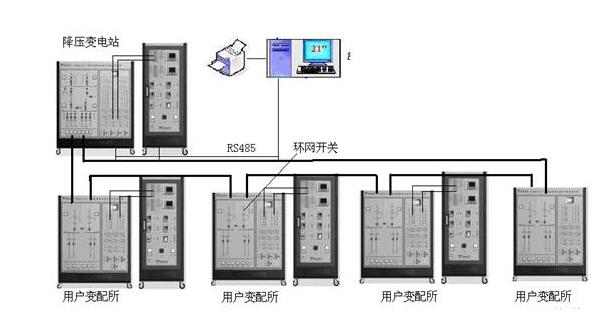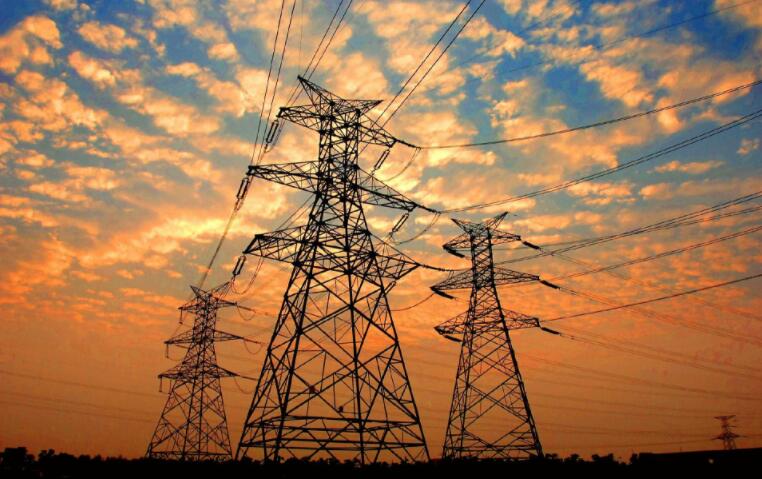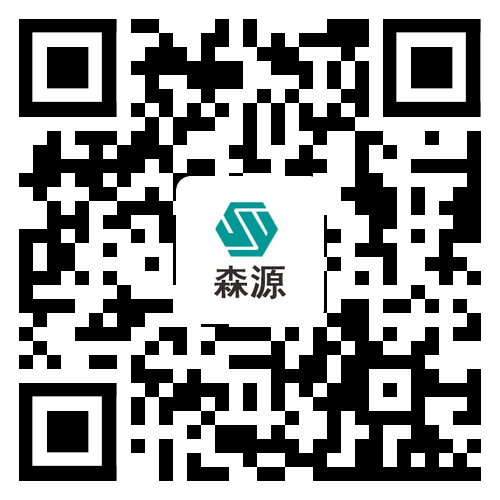With the development of technology, the automation of distribution networks has shown new features of intelligence, automation, informatization, and interactivity in distribution systems. The future development trend of distribution automation technology is reflected in the following seven aspects
1. Comprehensive controlled end of distribution network automation
The new integrated controlled terminal is based on a high-speed SCADA system, which can achieve rapid collection of power grid information and comprehensive signal processing, and greatly reduce the number of controlled terminals, thereby simplifying the scale of the system. This controlled terminal not only has the functions of previous terminals, but also can monitor the real-time power flow distribution, voltage situation, whether the system produces oscillations, whether the frequency meets the requirements, etc., and transmit these information to the main control party for further analysis and use. Meanwhile, these controlled terminals can also communicate with each other, further improving the accuracy of data.
2. Carrier communication technology for distribution lines and IP communication technology based on the Internet
The communication system has always been one of the difficulties in the automation of power distribution networks. In distribution systems of 10kV and below, due to the large number of controlled terminals, the requirements for communication are significantly increased. Therefore, in order to achieve real-time monitoring of system power flow, frequency control, and other requirements, a stable high-capacity high-speed carrier communication system is essential. This system can not only meet the above needs, but also provide customers with more life services, such as power line interconnection. In addition, fiber optic communication has the advantages of large capacity, high reliability, and high transmission rate, and has become the preferred choice for mainstream communication systems. With the reduction of costs, the adoption of fiber optic communication as the backbone communication network for distribution system automation has gained widespread consensus. With the advancement of communication technology, IP communication technology based on urban fiber optic networks fully utilizes the advantages of fiber optic communication technology, such as strong anti-interference ability, low bit error rate, fast transmission, and universal compatibility interface of IP communication methods. It is expected to become the leading communication technology for intelligent distribution network automation systems.
3. Customized power technology
Customized power technology is the practical application of flexible distribution systems, which applies high-tech technologies such as smart grid technology, flexible power transmission technology, and cloud computing technology to medium and low voltage distribution networks to eliminate harmonics, prevent voltage flicker, ensure phase symmetry, and improve power supply reliability and economy. It mainly consists of voltage stabilizers, fast reactive power compensators, frequency detectors, high-speed circuit breakers, and other equipment. When the system suddenly increases or loses a large load, this technology can instantly detect the changes in the system and meet the stability of the system under extreme conditions. This technology is applied in distribution network automation to achieve real-time optimization of the system and meet the needs of high-level users.
4. New FA system
The main idea of the new FA system is to implement distributed power generation, which provides suitable power locally according to different loads, reduces transmission losses, and improves energy utilization efficiency. According to the future development plan formulated by State Grid Corporation of China, the transmission and distribution system will be separated in the future, and information on power grid providers will be set up at the user end. Users can choose the power supplier based on real-time electricity prices. There are also many difficulties in applying the new FA system to distribution network automation, mainly including: uncertain location of distributed power sources, variable operation modes of distribution networks, which make it difficult for secondary equipment to meet requirements.
5. Centralized management of power distribution system
In previous distribution network systems, users were dispersed and the system was forced to separate into multiple islands with similar functions, but the system was difficult to communicate and channels could not be shared. The centralized management of the distribution system can utilize advanced communication networks to connect the distribution network control center with multiple islands of the system. For example, connecting the SCADA system with the distribution network control center through an interface to form a multi-level system. The best way to implement the application of this system is to maximize the use of users' existing software and hardware resources, protect users' investments, and achieve practical management and multi manufacturer product sharing principles.

6. Optimized system distribution network operation
With the development of society and the promotion of the reform of the power enterprise system, State Grid has gradually taken economic benefits as a phased goal. This requires power supply companies to continuously analyze the operating status of the power grid and propose optimal power flow solutions, that is, to optimize the system according to state estimation, power flow calculation, and optimal power flow control, while ensuring reliability and improving the system's economy. In order to improve the economic efficiency of the distribution network during operation, the network structure of the system should also be optimized to ensure that the secondary equipment does not operate incorrectly or in response, and to prevent huge economic losses caused by system emergencies.
7. Integrated information distribution network
Information integration is the development trend of future society, and the distribution network is not a separate part, but an important component of the power system. In the future development, the distribution network should pay more attention to the important information of the power system as a whole, rather than just focusing on the information of the distribution network area. The integrated information distribution network system needs to meet the real-time information search mechanism, support international electrical information transmission standards such as public information models, achieve intelligent distribution systems, and meet the secondary network security requirements of power equipment.
The article is sourced from the internet. If there is any infringement, please contact the administrator to delete it!
【End】


 location:
location:










